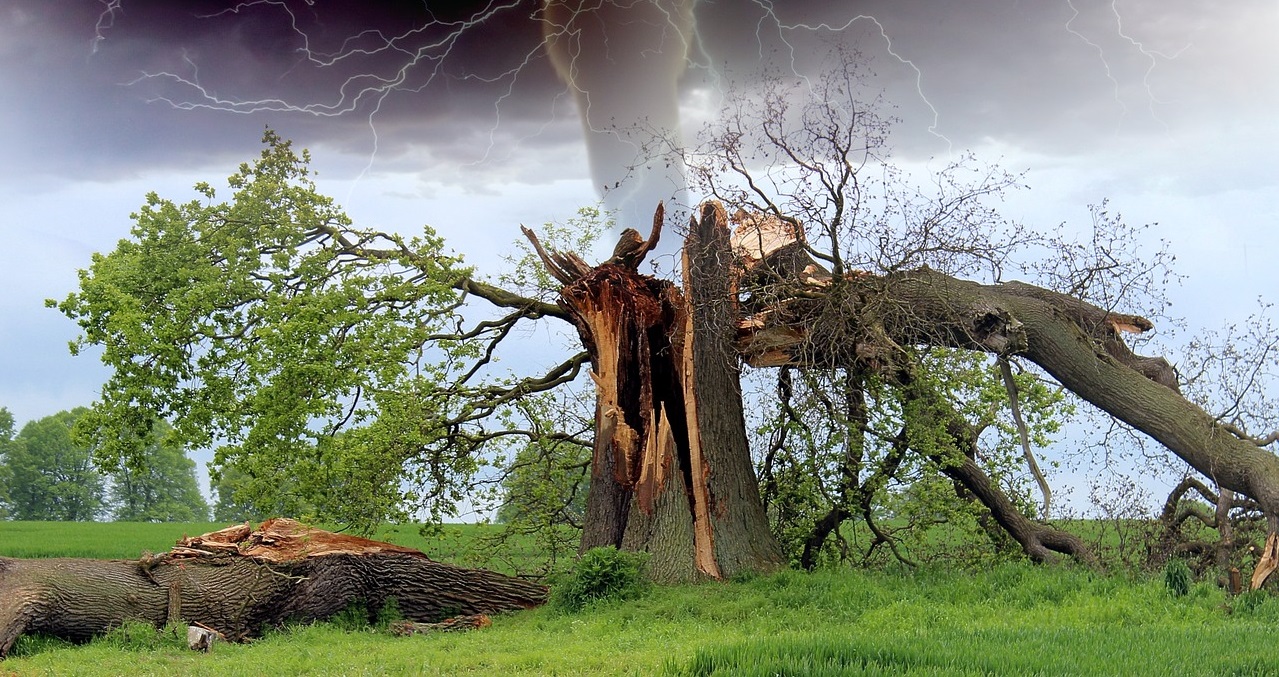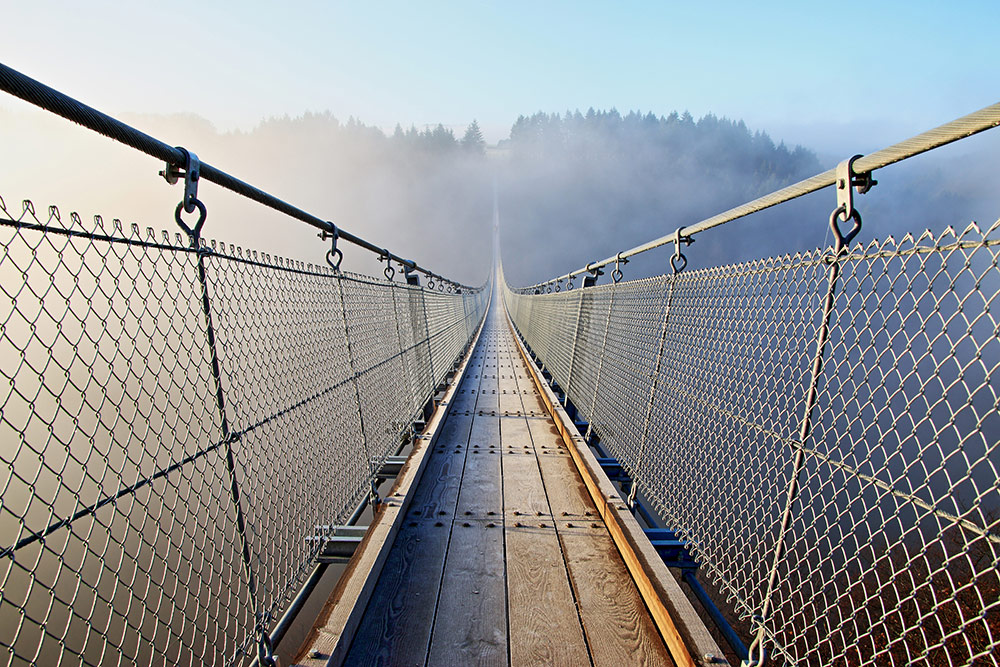A convergence of complex risks for E&U firms: The risk landscape for the energy and utilities (E&U) industry is evolving rapidly — and not always predictably. Climate-driven disruptions, regulatory volatility, economic uncertainties and aging infrastructure are intersecting, compelling leaders to reassess what long-term resilience truly means.
Why it matters: These intertwined challenges present not only significant hurdles but also opportunities for innovation. The decisions E&U leaders make today—about where to invest, how to build talent and which technologies to prioritize — will shape the sector’s transformation for years to come.
Bottom line: Findings from Protiviti’s latest Executive Perspectives on Top Risks Survey, developed in collaboration with NC State University, suggest E&U leaders are rethinking and adjusting priorities to better manage uncertainty and help position their businesses for future success.
—————————————
Most industries are contending with disruption and uncertainty, but the energy and utilities (E&U) sector arguably faces one of the most complex and consequential risk landscapes. According to Protiviti’s 2025 Executive Perspectives on Top Risks Survey, E&U is the only industry to rank climate change as its top near-term concern — a signal of both its exposure and responsibility in shaping a sustainable future.
Environmental, social and governance (ESG) pressures are one factor for E&U leaders prioritizing climate risk. So, too, is the operational toll of extreme weather, which is pushing aging utility infrastructure — much of it built decades ago — to its limits. From overloaded transformers during heatwaves to frozen pipelines in winter storms, climate-related disruptions are forcing resilience planning to the forefront of boardroom strategy for E&U firms. Insurers are also taking note, with some regions experiencing higher premiums or reduced coverage for utility operations exposed to climate risk.
Political crosscurrents are intensifying for the E&U sector as well. Net-zero targets, investor and consumer demands, and global sustainability standards are on one side. On the other, proposed rollbacks of climate policies, funding freezes and regulatory reversals are injecting uncertainty into everything from emissions targets to tax incentives.
All these dynamics make long-term infrastructure planning even more challenging for E&U companies. Should they accelerate — or pause — renewable investments? Should they pivot to storage or backup generation? While the imperative for climate action is clear, the optimal path forward remains uncertain.
Regulatory volatility demands long-term agility from E&U firms
It’s no surprise that regulatory change and scrutiny also ranks as a top concern among energy executives in Protiviti’s latest Top Risks survey. While the E&U industry has always operated under a complex regulatory umbrella, today’s policies are now multiplying. They’re also diverging sharply in tone and direction, driven by election cycles, trade dynamics and shifting public expectations.
In the U.S., regulatory uncertainty is creating both risk and opportunity for E&U companies. For example, some oil and gas projects are gaining traction under deregulatory momentum, while ambitious clean energy initiatives linked to the Inflation Reduction Act (IRA) now face delays and legal challenges. Across Europe, sustainability disclosure rules remain in flux. Elsewhere, compliance frameworks are still emerging — or disappearing altogether.
This policy volatility makes it harder for E&U leaders to plan with confidence. Capital strategies, sustainability road maps and long-range infrastructure investments all hang in the balance. Energy and utilities businesses most likely to thrive over the long term will be those that embed agility into their compliance operations — and are prepared to pivot as policy winds shift.
Labor costs, talent gaps and the fight for future-ready skill sets
Protiviti’s latest Top Risks survey reveals that rising labor costs are a growing concern for E&U executives, with talent-related challenges now ranking among the industry’s top five near-term risks. At the center of this issue are two converging trends: soaring demand for specialized skills in areas like renewables, artificial intelligence (AI) and grid modernization — and a shrinking pool of experienced professionals to meet that demand. Attracting, developing, and retaining top talent — while navigating shifting workforce expectations and looming succession gaps — has become a strategic imperative.
To access needed skills and manage costs, many energy and utilities firms are turning to offshore talent for engineering and back-office roles. At the same time, companies are stepping up efforts to attract younger professionals inspired by sustainability-driven careers — a promising generational shift emerging across the E&U sector. But enthusiasm alone isn’t enough to close the skills gap. Progress will require sustained investment in training, knowledge transfer and long-term workforce development.
Digital transformation is adding another layer of complexity to the workforce challenge for this industry group. The need for professionals who understand data analytics, automation systems and smart infrastructure is rising fast. To bridge the talent gap, many firms are accelerating adoption of AI, digital twins and other automation technologies to boost efficiency and reduce reliance on hard-to-fill roles. While these innovations offer a significant upside, they also present new risks — from implementation missteps to cybersecurity threats.
As E&U companies work to control costs while preparing for the future, building a robust, forward-looking workforce strategy is becoming just as critical as capital planning.
Geopolitics and supply chain disruptions testing E&U sector’s resilience
E&U companies remain deeply dependent on global supply chains, and ongoing uncertainty around critical materials and components continues to rank among the top concerns for this industry group. Essential technologies — from wind turbine blades to lithium-ion batteries and power inverters — are increasingly exposed to tariff activity, export restrictions and transportation bottlenecks. Shortages of semiconductors, for instance, have already slowed smart meter deployments, while constrained access to rare earth elements is affecting grid modernization and electric vehicle (EV) infrastructure plans.
Geopolitical instability — ranked sixth by E&U executives in Protiviti’s latest Top Risks survey — is amplifying supply chain risk. Rising tensions in Eastern Europe and the Pacific have made supply disruptions more than a distant possibility. For renewable energy projects especially, delays in component deliveries can lead to cost overruns, missed milestones and jeopardized incentive eligibility.
Forward-looking E&U firms are expanding supplier diversity, investing in local production partnerships and exploring long-term contracts to reduce exposure to geopolitical shifts.
The 2035 risk horizon for E&U: cyber threats resurface as a top operational concern
Findings from our Top Risks survey show that E&U leaders anticipate a complex risk landscape looking out to 2035, and expect to see many of today’s challenges persisting — including inflationary pressures, heightened regulatory scrutiny and talent shortages.
Notably, cyber threats have emerged as one of the top long-term operational risks for this industry group. While this issue did not make the list of top 10 near-term risks, E&U leaders clearly see future escalation. This is not surprising: As infrastructure becomes more digitized and decentralized, the risk of cyberattacks on critical systems is expanding in both scale and sophistication. Smart meters, grid automation and connected field devices offer new efficiencies, but they also widen the attack surface. Nation-state actors and cybercriminals increasingly view energy infrastructure as a high-impact target.
The risk environment for the E&U industry will continue to evolve over the next decade, but one principle is likely to hold steady: Adaptability is the hallmark of long-term success. The E&U companies best positioned to thrive in the future will be those that can remain nimble — ready to respond to shifting regulations, changing workforce dynamics, emerging technologies and whatever else comes next.
Download the 2025 E&U insights brief from Protiviti
For a comprehensive analysis of key risks shaping the future of the E&U sector, download Protiviti’s 2025 Top Risks brief. It offers detailed insights into near- and long-term risks, strategic implications and emerging priorities for this critical infrastructure industry. For a high-level summary, see our infographic featuring a snapshot view of the most pressing near-term risks cited by E&U leaders.





